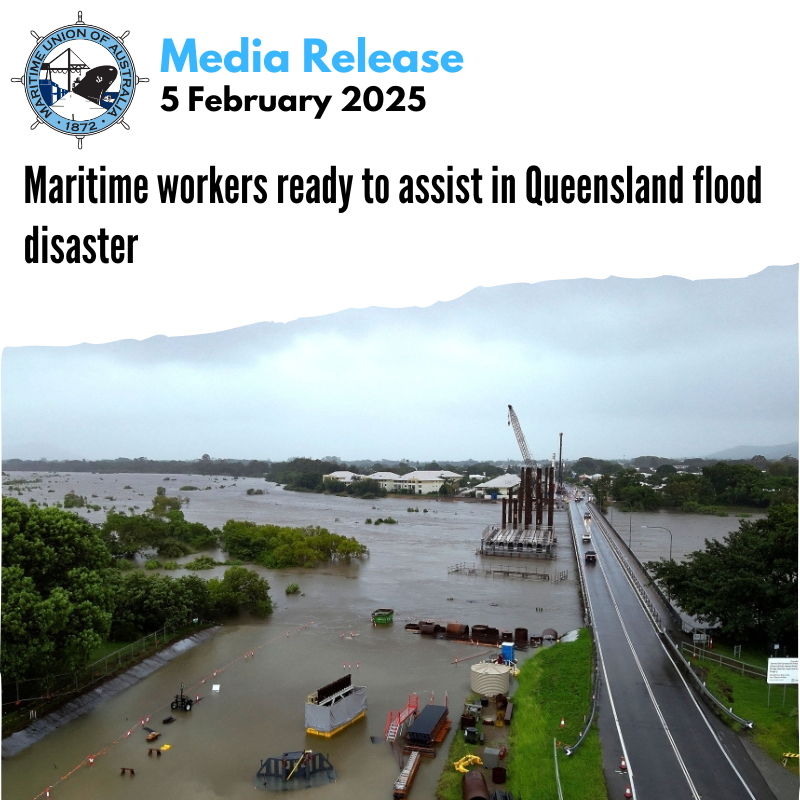- Hon Dr Ayesha Verrall
A new national testing strategy will provide better protection for high-risk groups as New Zealand transitions to the COVID-19 Protection Framework, says Associate Minister of Health Dr Ayesha Verrall.
“Delta is here, so we are ensuring we have the tools in place to support the transition to the new framework, and to help minimise the spread of COVID-19,” Ayesha Verrall said.
“Our testing strategy has worked well to date. New Zealand has amongst the highest number of tests per positive case in the OECD and our border testing has stopped potential incursions.
“When we were pursuing an elimination strategy we relied on highly sensitive PCR tests because the cost of missing a case was too high.
“With more and more New Zealanders gaining protection through vaccinations, we can now introduce a wider range of routine testing options that provide other benefits such as accessibility, convenience and speed.
“With more COVID-19 cases appearing around the country, testing, tracing and quickly isolating cases and their contacts will be all the more important for protecting whānau and communities.
“We will focus surveillance testing and contact tracing where it’s most needed, to find and minimise COVID-19,” Ayesha Verrall said.
Nasopharyngeal PCR tests will continue to be used as the primary diagnostic test, but this will be supplemented by saliva-based PCR testing, rapid antigen testing and rapid PCR tests.
“From 1 December, businesses will be able to directly source from authorised suppliers approved rapid antigen tests for use within their workforce. These tests will be more widely used across our health system, including aged residential care.
“Rapid antigen tests will also be available to the general public at pharmacies from 15 December, with tests to be administered under the supervision of pharmacy staff. A PCR test will be required to confirm any positive results,” Ayesha Verrall said.
Under the new framework, in regions at Red and Orange there will be a focus on symptomatic testing and surveillance testing in high-risk settings.
Regions at Green will see a greater focus on surveillance testing, to quickly find any new clusters of cases.
“Targeted testing will provide greater capacity for laboratories to process priority testing as part of our efforts to protect vulnerable and high-risk communities. Work is underway to expand capacity to 60,000 PCR tests per day by early next year.
“We have also stood up a new national telehealth case investigation service, and are training 475 investigators by the end of this month. This will add significant new capacity on top of the excellent work of our Public Health Units. There is a focus on recruiting Māori and Pacific staff, to ensure we can respond to these communities.
“Under the new strategy there will be more ways to test people with faster results, providing greater certainty and reassurance – and less disruption to our everyday lives.
“No country has managed to eliminate delta completely, but we have protections in place to minimise its impact,” Ayesha Verrall said.




